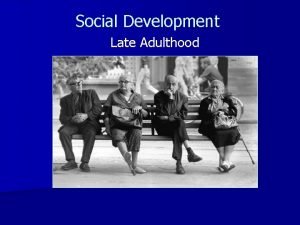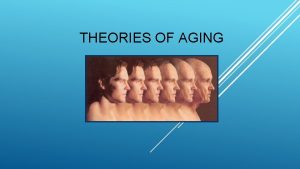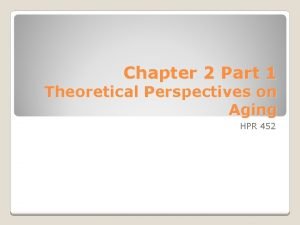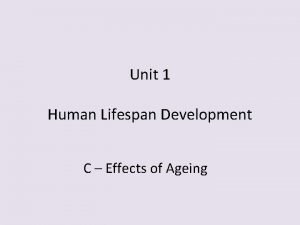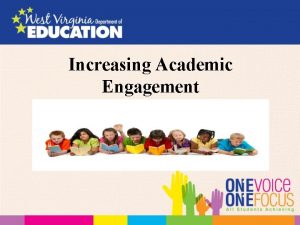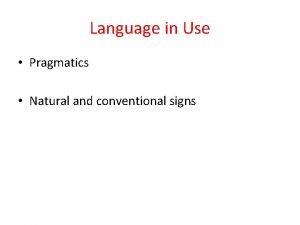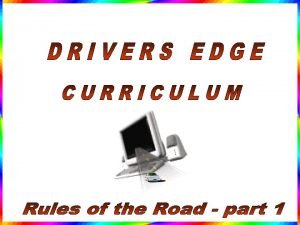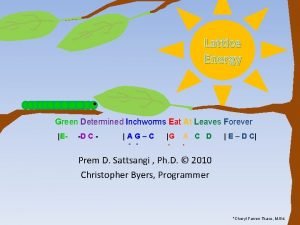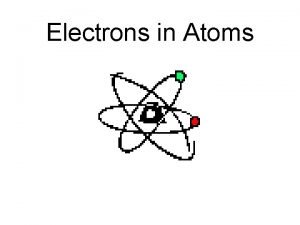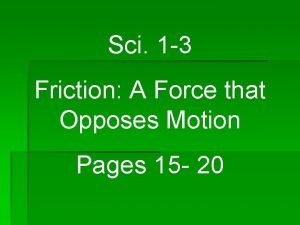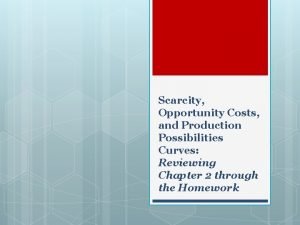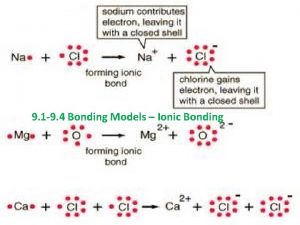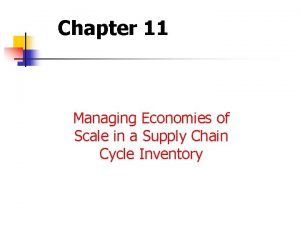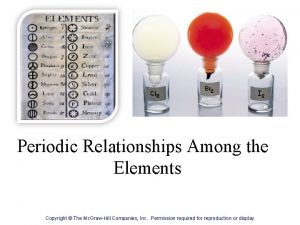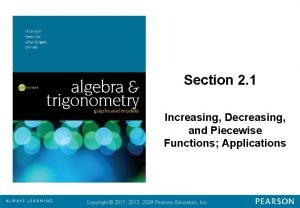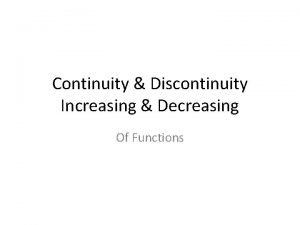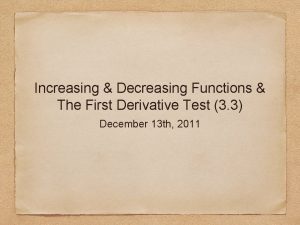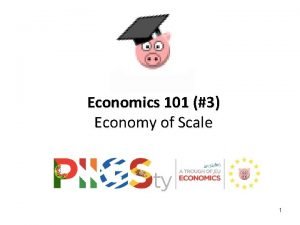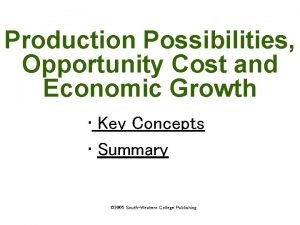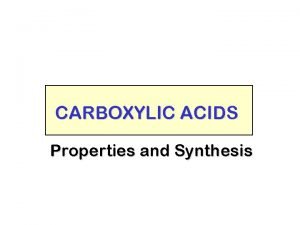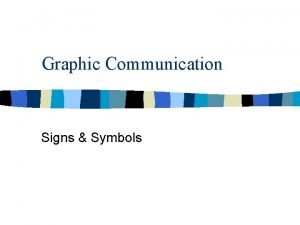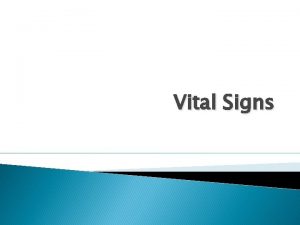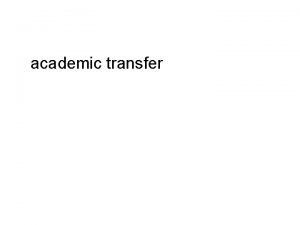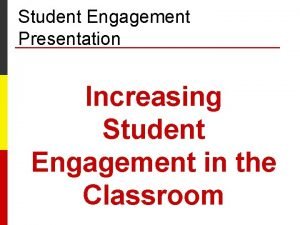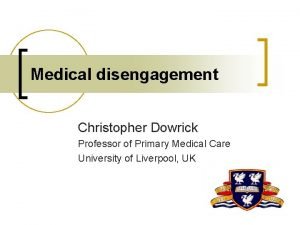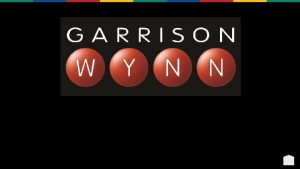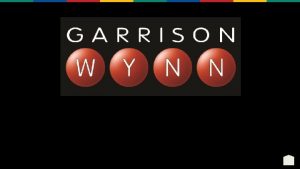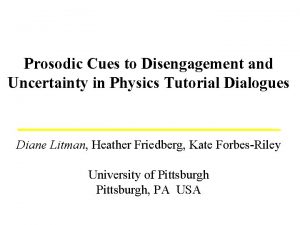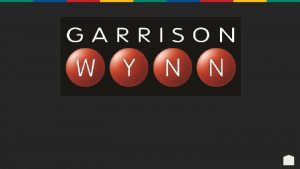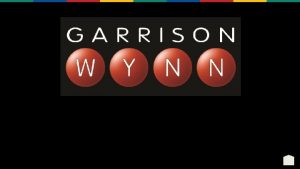Increasing Academic Engagement Consider Signs of disengagement that







































- Slides: 39

Increasing Academic Engagement

Consider. . . • Signs of disengagement that lead to school dropout begin early, often as early as elementary school. • Over 60% of students who eventually dropout of high school failed ≥ 25% of their course credits in 9 th grade. • Only about 50% of high school completers have the necessary skills for success in college and work.

Bottom Line Credits Earned =

Research tells us to remediate academic risks that lead to dropout prevention, we must. . . Increase Academic Engagement

What is Academic Engagement? • Most visible engagement subtype within the classroom - Includes: attention, academic responding, rotation of attention and academic learning time • Frequently tracked by school personnel - Includes: homework completed, credits earned, grades and time on task

What the Research Tells Us • High rates of academic learning time are positively correlated to academic achievement • Three broad categories: - Instructional quality and delivery - Supplemental support for teachers and students - Classroom structures to enhance students’ substantive interaction

Classroom Structures: What Effective Teachers Do

What Effective Teachers Do ü Maximize time on academic tasks ü Minimize time on non-instructional activities ü Manage an organized and efficient learning environment ü Provide students with tasks that allow them to be successful ü Maximize use of active or direct teaching procedures with groups of students Lewis 2006

Student performance is enhanced when … ü Teachers use research-based strategies ü Teachers use instructional time efficiently, while providing multiple means of engagement ü Teachers provide frequent reinforcement ü Teachers provide culturally diverse students with equal opportunities to participate ü Teachers build positive relationships with students ü Teachers and parents build supportive partnerships

Supplemental Supports and Enrichments for Students

Provide Academic support and enrichment Individual support / tutoring Small group instruction for note taking and study skills Extra learning time and Credit Recovery Intensive in school and out of school programs

Instructional Quality & Delivery Providing rigorous and relevant instruction

Activity 1 - Think Pair Share 1. Think about what rigorous and relevant instruction means to you 2. Share with your team mates 3. Formulate a definition that reflects your shared perspectives

Provide rigorous and relevant instruction “First Line of Defense”

Potential Roadblocks & Possible Solutions • Resistance to integrating CTE into academic curricula - Provide professional development on smooth integration of academic content with career-related info • State standards and college admission requirements • Discourage integration of academic and career and technical education - Relevant career examples and academic courses that cover the expected content can be integrated into traditional course content, titles, and descriptions - The aim of integrating academics and CTE is to provide instruction that makes the two complementary rather than competing • Students lack interest in attending college - Stress the connection between academics and professional success - Have students visit colleges and interact with their students & staff

Instructional Design Effective Teaching Instructional Delivery

Effective Instruction • Includes the creation and implementation of systemic improvement activities that focus efforts on changing teaching and learning practices • Involves students in activities that promote academic engagement that leads to academic success and the acquisition of useful employment skills • Promotes learning through instruction, practice, feedback and encouragement

Practical Guidelines • • Prioritize instruction around critical content Pre-teach requisite skills to ensure success with new materials Carefully select and sequence instructional examples Scaffold instruction to promote learner independence Model and demonstrate instructional tasks Provide frequent and meaningful practice and review options Use visual representations of big ideas Deliver timely academic feedback -both corrective and confirmatory


Initial Assessment • collect historical data • formal standardized assessment • diagnostic assessment Progress Monitoring • determine appropriate starting level • monitor progress frequently • graph student scores • evaluate progress • determine need for instructional • modifications Instructional Delivery • secure attention • pace briskly -frequent responses -adequate think time • monitor student performance • provide feedback -systematic corrective -specific reinforcement Instructional Design • analyze content for sameness • select range of examples • select language of instruction • sequence language and examples • organize into daily lessons • schedule practice of examples • provide for cumulative review

Activity 2 Discuss with your team ways in which your school currently integrates academic content with career and skills-based themes to make learning more relevant for students. List two strategies for improvement in each area : • Professional development • Multiple college and career pathways • Awareness and exposure to college and careers • Instructional practices

Instructional Practices • Instructional practice should be informed by high quality research, when available, and by the best professional judgment and experience of accomplished classroom teachers.

Roles Schools Play • Schools play a key role in guiding early preparation for postsecondary life: - Foster academic preparation and achievement Support parent involvement Provide college and career planning information Help students through the many steps in postsecondary planning

Improving Instructional Content and Delivery • Use academic departments and small learning communities as key venues for academic improvement • Use teacher meetings as an additional opportunity to focus on improving instructional practices • Provide professional development activities that involve teachers working together to: - align curricula with standards - review assignments for rigor - discuss ways of making classroom activities more engaging

Assisting Students Who Enter High School with Poor Academic Skills • Develop/adopt programs that teach youth learning strategies, such as: - Demonstration of competence in content area courses Improving students’ attention and memory - Tutoring Credit recovery • Provide support for students below basic in reading and math, especially those students at greatest risk for dropping out of school

Providing Reading Instruction at Secondary Levels • • • More and more schools are screening 9 th graders entering high school for reading problems/deficits Students identified with reading problems/deficits are placed in structured corrective reading programs designed for adolescents struggling to read Example programs include : - • Corrective Reading-Scientific Reading Associates, Language! and Sopris West NOTE: 75% of students with reading problems in 3 rd grade exhibit reading problems in 9 th grade - TIME is not an effective intervention!!!!!

Reading Instruction at Secondary Levels • Teach strategies for vocabulary and reading comprehension • Fluency strategies • Study guide strategies (teachers develop study guides that students use to help them identify and understand key concepts in content area reading) • Reciprocal reading strategies • Text mapping strategies • Word analysis strategies

Enhancing Core Math Instruction • • Regular use of teacher modeling and demonstrations Visual representations of math ideas Frequent opportunities for student practice Instructional scaffolding

Helping Students to Address Problems that Interfere With Learning • Provide or assist students in obtaining social, health, and other personal resources to meet their emergent basic needs • Personalize programs to address individual student needs and improve post-school outcomes • Create multiple pathways for career and college access

Find the right school setting Regular School Magnet School Charter School Career Academy GED Program etc.

Support Student Engagement Work Based Learning

From Research to Practice Teacher focused strategies on increasing academic engagement

In the Classroom Examples of Universal Strategies: • Provide multiple opportunities for learning new concepts • Expand student content learning areas into application • Provide opportunities for tutoring academic enrichment, and scaffolding for students with marginalized skills • Use principles of effective instruction (e. g. direct instruction, scaffolding, guided practice, informed feedback, pacing of lessons) • Increase time on task and substantive interaction through cooperative learning, whole class, or group instruction and peer assisted learning strategies Examples of Targeted Strategies: • Utilize after school programs (tutoring, homework help) • Help parents to understand set expectations

From Research to Practice Guiding Questions - Moving Forward

Guiding Questions: Focus on Effective Design and Delivery of Instruction 1) Are teachers using research based effective teaching principles and strategies that improve student performance consistently? • • • Modeling and guided practice Feedback and error correction Differentiated instruction Guided notes, timed trials, visual imagery Progress monitoring data to adjust instruction

Guiding Questions: Focus on Effective Design and Delivery of Instruction, Standards and Curriculum 2) Are students at risk for dropping out of school being instructed in the core reading, writing, and math programs that will lead to a regular diploma? 3) Are students provided appropriate scaffolds, extended learning programs and targeted interventions to master content?

Best Practices • • Exhibit enthusiasm Display awareness of what is happening in the classroom Use wait time after questioning (Cook, Tankersley, & Harjusola. Webb, 2008) Review previous instruction Monitor student performance Circulate and scan the instructional environment Recognize appropriate behavior (Cook, Tankersley, & Harjusola. Webb, 2008). Effective teaching techniques combined with the use of an EBP provide the opportunity to maximize student outcomes

Questions to Consider at Team Time • What changes in teacher practice could reduce extent of failure? • What obstacles (individualistic practice, entrenched beliefs, unwillingness to change) might need to be addressed? • What interventions might need to be set in place to reduce extent of course failure? • What steps would need to be taken to put these interventions into place?

Additional Information Contact: phomberg@k 12. wv. us sbeck@k 12. wv. us dlharless@k 12. wv. us sbaker@k 12. wv. us lbost 8@uncc. edu
 Sign sign everywhere a sign
Sign sign everywhere a sign Disengagment theory
Disengagment theory Disengagement theory
Disengagement theory Armored-defended personality
Armored-defended personality Disengagment theory
Disengagment theory Small group tutoring
Small group tutoring Tìm độ lớn thật của tam giác abc
Tìm độ lớn thật của tam giác abc Thể thơ truyền thống
Thể thơ truyền thống Hãy nói thật ít để làm được nhiều
Hãy nói thật ít để làm được nhiều Thơ thất ngôn tứ tuyệt đường luật
Thơ thất ngôn tứ tuyệt đường luật Tôn thất thuyết là ai
Tôn thất thuyết là ai Ngoại tâm thu thất chùm đôi
Ngoại tâm thu thất chùm đôi Chiến lược kinh doanh quốc tế của walmart
Chiến lược kinh doanh quốc tế của walmart Sau thất bại ở hồ điển triệt
Sau thất bại ở hồ điển triệt Gây tê cơ vuông thắt lưng
Gây tê cơ vuông thắt lưng Block xoang nhĩ
Block xoang nhĩ What is the language in
What is the language in What color means motorist services guidance
What color means motorist services guidance The diamond shape is used exclusively for _____ signs
The diamond shape is used exclusively for _____ signs Em waves in order of increasing frequency
Em waves in order of increasing frequency δhof
δhof Increasing atomic size periodic table
Increasing atomic size periodic table Increasing friction
Increasing friction The law of increasing opportunity costs arises because
The law of increasing opportunity costs arises because Dispersive power is proportional to
Dispersive power is proportional to Magnitude of lattice energy
Magnitude of lattice energy Managing economies of scale in a supply chain
Managing economies of scale in a supply chain Thermal stability of group 2 nitrates
Thermal stability of group 2 nitrates Increasing pressure
Increasing pressure Trend of ionic radius
Trend of ionic radius Decreasing electronegativity
Decreasing electronegativity Chapter 19 the increasing influence of europe
Chapter 19 the increasing influence of europe How to arrange elements in increasing atomic size
How to arrange elements in increasing atomic size Increasing and decreasing piecewise functions
Increasing and decreasing piecewise functions Law of increasing opportunity cost
Law of increasing opportunity cost Increasing and decreasing intervals
Increasing and decreasing intervals Lesson 5 increasing and decreasing functions
Lesson 5 increasing and decreasing functions Increasing economies of scale
Increasing economies of scale The law of increasing opportunity costs states that
The law of increasing opportunity costs states that Reaction between carboxylic acid and amine
Reaction between carboxylic acid and amine

